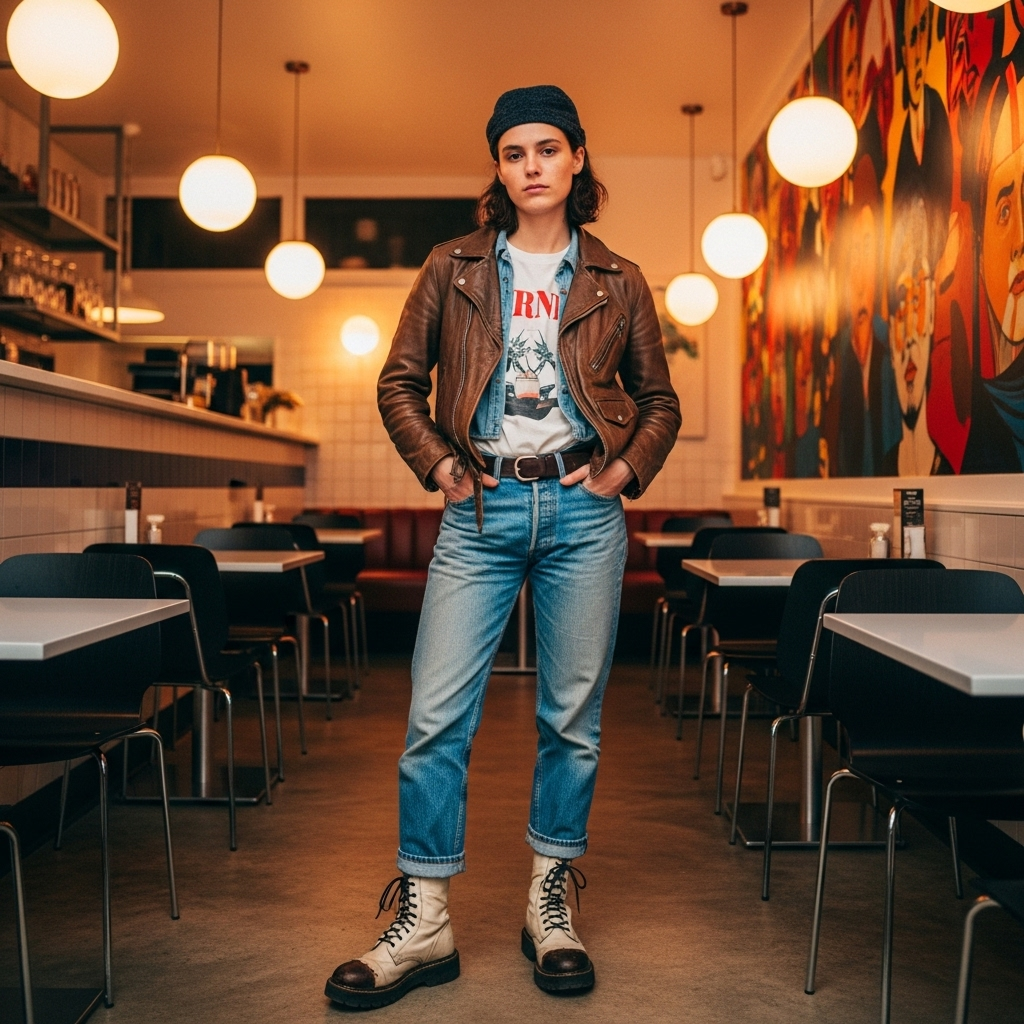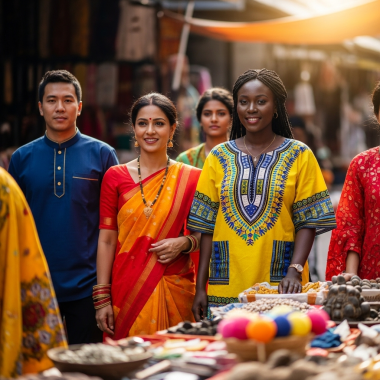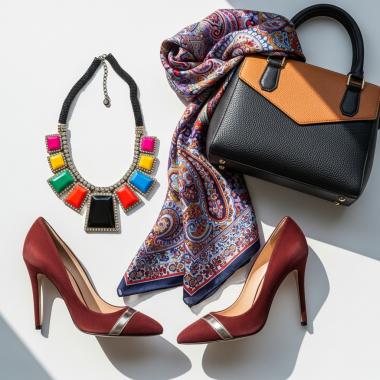Vintage fashion is more than just old clothes; it’s a celebration of history, craftsmanship, and individuality. In an era dominated by fast fashion and fleeting trends, the allure of vintage pieces continues to captivate, offering a unique blend of nostalgia, sustainability, and unparalleled style. It’s a conscious choice that allows wearers to express their personality while appreciating the artistry and narrative embedded in garments from bygone eras.
At its heart, the appeal of vintage fashion lies in its historical significance. Each piece carries a story, a whisper of the time it was created and the lives it touched. A dress from the roaring twenties evokes images of flapper culture and liberation, while a structured suit from the 1940s speaks to wartime resilience and elegance. Wearing vintage is akin to wearing a piece of history, connecting the wearer to past generations and the cultural zeitgeist of their time. This deep connection offers a richer, more meaningful experience than simply buying something new off the rack. It’s about owning a fragment of fashion’s vibrant timeline.
Beyond history, vintage fashion champions uniqueness and individuality. In a world of mass production, finding a truly distinctive garment can be a challenge. Vintage shopping, however, offers a treasure trove of one-of-a-kind pieces. You’re unlikely to bump into someone wearing the exact same outfit, allowing for a truly personal expression of style. This exclusivity fosters creativity, encouraging individuals to mix and match eras, textures, and silhouettes to create a look that is uniquely their own. It’s about moving beyond prescribed trends and curating a wardrobe that genuinely reflects personal taste and character.
The increasing popularity of vintage fashion also aligns perfectly with the growing movement towards sustainability and conscious consumption. Fast fashion’s environmental footprint is substantial, contributing to pollution, waste, and overconsumption. By embracing vintage, consumers participate in a circular economy, giving garments a second life and diverting them from landfills. It’s a powerful act of recycling that reduces demand for new production, conserving resources and minimizing the environmental impact of textile manufacturing. This eco-conscious approach makes vintage not just a stylistic choice, but an ethical one, appealing to those who want to dress beautifully without contributing to environmental degradation.
Moreover, vintage garments often boast superior quality and craftsmanship compared to much of today’s mass-produced clothing. Before the era of rapid industrialization and cost-cutting measures, garments were frequently made with higher quality fabrics and meticulous attention to detail. Durable stitching, hand-finished seams, and luxurious materials like silk, wool, and linen were more common. These pieces were designed to last, to be cherished and repaired, rather than discarded after a few wears. This inherent durability means that vintage items, despite their age, often stand the test of time, proving to be wise investments in a lasting wardrobe.
Shopping for vintage can also be an adventure. It’s not just about clicking a button; it involves exploring flea markets, antique shops, specialized boutiques, and online platforms dedicated to pre-loved items. This hunt is part of the charm, the thrill of discovering a hidden gem or an unexpected find. The process requires patience and an eye for potential, but the reward of unearthing a unique piece that resonates with your style is immensely satisfying. It’s a form of curated collecting, building a wardrobe with items that have intrinsic value beyond their initial purchase price.
In conclusion, vintage fashion offers a compelling alternative to contemporary trends. It’s a bridge to the past, a statement of individuality, an act of environmental responsibility, and a testament to enduring quality. As fashion continues to evolve, the timeless allure of vintage will undoubtedly remain a significant and cherished part of the sartorial landscape, reminding us that true style is often found in the stories of yesterday.



